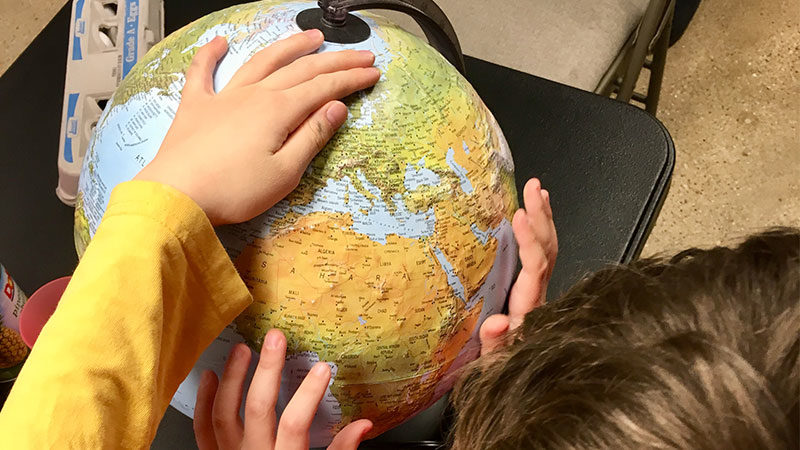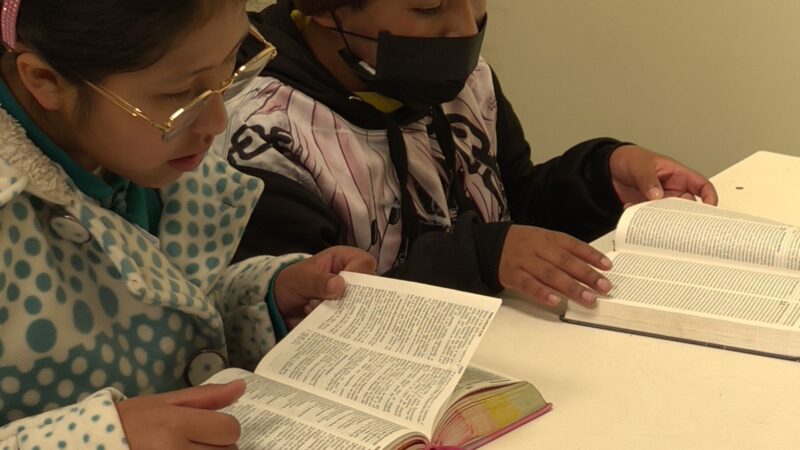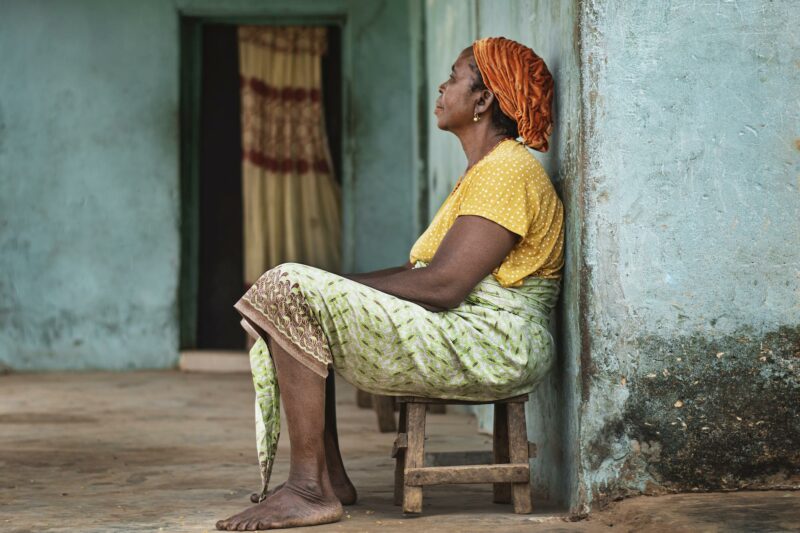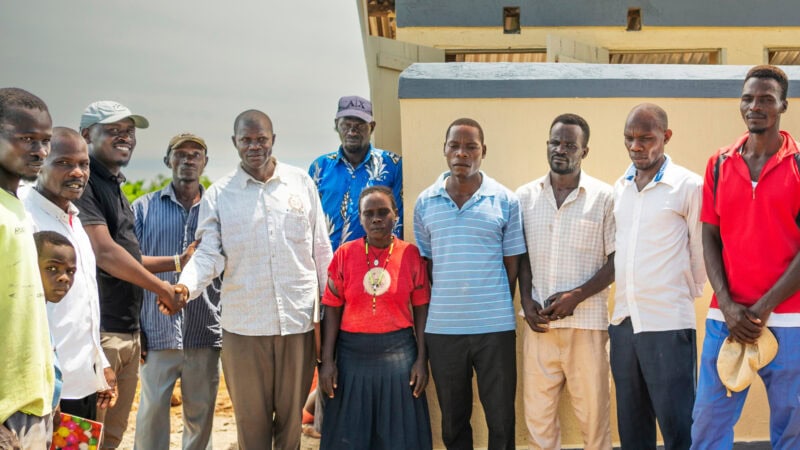All the kids in my little Sunday School class sat around the table with a $1 bill in their hands. In the center of the table I had a variety of food items—bread, a bottle of water, a can of fruit, tortillas, a can of refried beans.
I talked to these 6 – 8-year-olds about hunger. About kids who wake up in the morning and they are so, so hungry, but there is nothing to eat. They go to school, but they’re so hungry they can’t focus.
I told them about kids who come to school Monday morning, and it seems as if they’re sick, but really it’s just that they haven’t eaten all weekend.
All weekend.
The kids were quiet and sober. There was no laughter or seven-year-old antics in that moment.
This group had been learning about sharing for the last couple weeks in their Sunday School class and the team leader asked me to talk to the kids about Bright Hope’s chicken project, thinking that having the kids all chip in to buy a chicken would be a good practical way to live out what they’d been learning.
So, gathered there around the table, I asked them, if they had just their $1 to buy as much food as they could, to last as long as possible to feed the five people in their family, what would they get?
Their answers were incredibly sweet and incredibly unrealistic. One little girl said she chose the can of pineapple because she thought it would last something like a week or two.
But I had their full attention. They were grasping the seriousness and sadness of hunger.
I talked with the kids about sharing with others and how the Holy Spirit could speak to them to give their money to help someone else.
They were eager to give the $1 bills they were holding to help somebody.
But I explained how, even if we put all our dollars together and bought everything on that table to give away, it wouldn’t last very long. And then the people would be hungry again.
I asked them if they had any ideas of something we could give that would continuously provide food—not just one time.
I placed a carton of eggs on the table.
I explained how a chicken lays an egg a day, and if we give someone a chicken they can eat some of the eggs (great source of protein), they can sell some of the eggs (to pay for things like school and medicine), and they can leave some of the eggs to hatch so they can have more chickens and eat chicken meat.
They totally got it! These little kids grasped the life-changing power of giving a family chickens because they are an ongoing source of nutrition and income.
I shared Shafiq’s story and pictures with them and explained why he named his chickens “dream launchers.”
I asked them if they wanted to buy a chicken, right then and there, to which they enthusiastically agreed.
They were all. in. They were exuberant. They were experiencing the joy of giving, and it was a delight to see their happiness in helping someone else.
As we placed the order, in the notes section they each left a comment, straight from their generous little hearts:
“I hope these chickens will brighten your life.” -David, 8
“I hope you get a lot of food.” -Lisbeth, 6
“I hope you will love this chicken.” -Emma, 7
“I hope you will make lots of money.” -James, 8
“Have a good time eating!” -Ian, 7
Awww…. This makes me smile. I love seeing their tender, passionate hearts getting in touch with someone else’s suffering and doing what they can to help.
But there was one moment that stopped me in my tracks.
I don’t know where every child got their dollar from, but I do know that one student named David had done some yardwork to earn his. I hadn’t really thought much about it until he spoke these words:
“So when I picked up that first stick, I picked up hope.”
The depth of that statement, from an 8-year-old, stunned me.
I was deeply touched, and I was amazed at his perception. He had grasped how his yardwork was directly connected to giving Hope to a desperately poor person on the other side of the world, because he—he—was giving them a “way out” of some of their suffering.
What a profound moment of understanding that was for him. And I feel privileged to have been a part of it.





